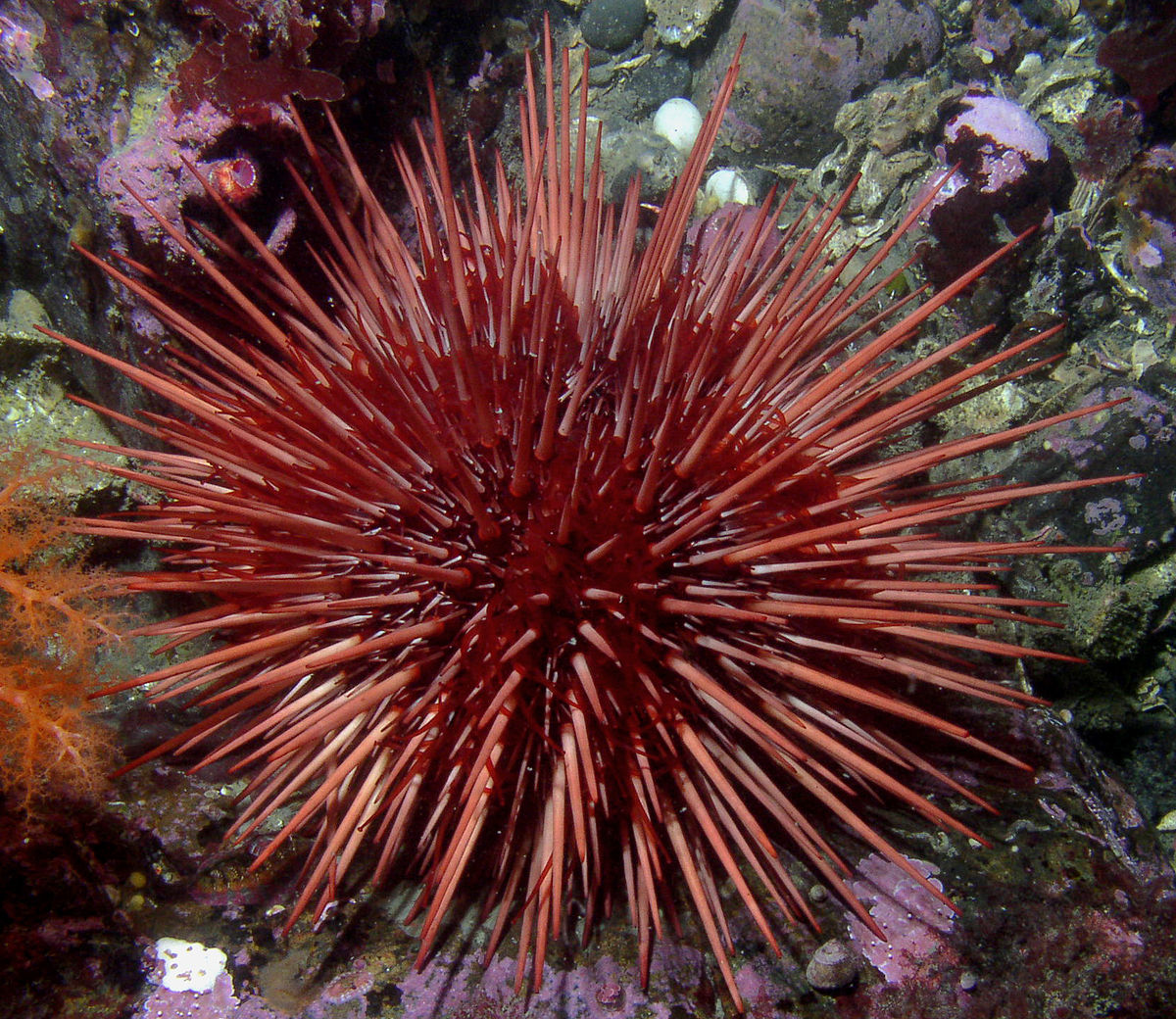The pandemic put the kibosh on last year’s efforts to remove purple urchins and restore plots to natural kelp habitat on the recreational dive side of the program, but commercial divers were able to remove purple urchins from 10-acre tracts near Mendocino and Monterey.
“The recreational side during covid was pretty much halted,” says Josh Russo, president of the Watermen’s Alliance in Suisun City. Stiff protocols with travel and visitation to some of California’s coastal communities kept divers from participating in the eradication of the purps.
Since a combination of the warm-water blob and El Niño in 2016, California has seen an explosion in the population of purple urchins. The purple urchins have decimated kelp forests, which are prime habitat to the commercially marketable red urchins. The proliferation of the purple urchins and the resultant “urchin barrens” have spurred joint efforts by commercial and recreational divers to reclaim habitat by removing and grinding up the purps for use as compost.
As for commercial efforts to remove purple urchins last year, divers were able to gather up more than 30,000 pounds before stormy weather in November hampered their ability to work underwater. In surveys this year, divers noted that the purple urchins did not re-enter the cleaned tract near Mendocino, while some migrated back into the cleaned test area near Monterey.
But the greatest discovery the divers found was that kelp beds had recovered in the tracts.
“If we could do this in several locations, we could keep the kelp coming back,” says Russo. “To go from bare ground to a flourishing kelp forest in one year is amazing.”
In August, Russo planned several events to entice more recreational divers to partake in the removal of purps later this year.
“We’re really ramping up,” he says, of concerts, barbecues, SCUBA tank refills and other attractions near the urchin removal sites.
As for the commercial harvest of red urchins, the target species, that has been in a sharp decline since the regime shift in the ocean bottom. Landings before 2015 ranged from 10 million to 15 million pounds, and since then they’ve declined to around 1.9 million pounds in 2020. This year’s cumulative harvest stood at just over 1 million pounds as of Aug. 1, according to data with PacFIN.
Ex-vessel prices, meanwhile, have been consistent with last year, at $2.49 per pound.







